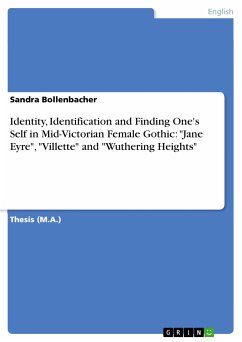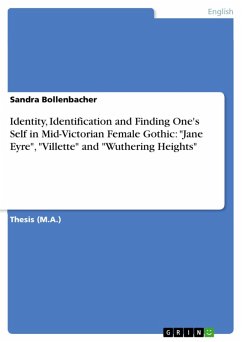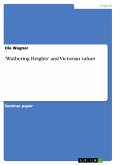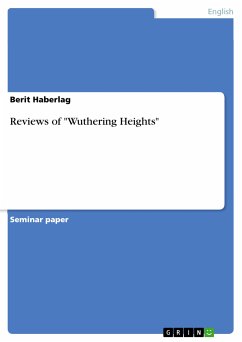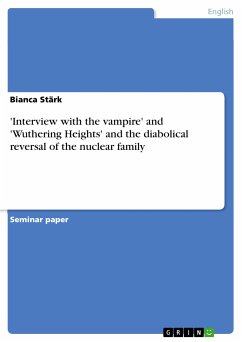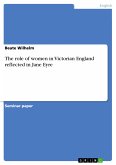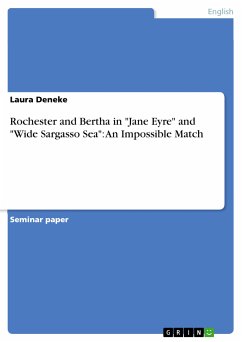Thesis (M.A.) from the year 2011 in the subject English Language and Literature Studies - Literature, University of Heidelberg, language: English, abstract: "Who are you, Miss Snowe?" (V 287) Ginevra Fanshawe asks Lucy Snowe and draws attention to one, if not the central question of humankind: Who am I? How do we define who we are: by our job, by our social roles, or by the view others have of us? Moreover, living in a society and having to interact with other human beings, we also need to know who they are: friend or foe, villain or potential lover? However, it is impossible to reduce a human being to just one trait ('She is a mother', 'He is open-minded', 'She is a writer', 'He is a man.'). The same applies to most rounded literary characters. This paper will discuss the presentation and identification of the main characters in Emily Brontë's Wuthering Heights and Charlotte Brontë's Jane Eyre and Villette. At first I will have a closer look at what is expected of the characters on the narrative level, for example, being the hero of a novel. The second part of the paper will deal with the self-perception and search for identity of the protagonists Jane Eyre, Lucy Snowe and Catherine Earnshaw/Linton/Heathcliff. In the last part, I will discuss how these characters are identified through others, focusing on doppelgänger. However, when doing a characterisation of the protagonists of Jane Eyre, Villette and Wuthering Heights, one has to consider that the narrators in all three novels are homodiegetic. This means – in these particular cases – that they are biased and, most likely, unreliable. The description of the characters and their behaviour is filtered through the eyes and words of the narrators. Therefore, one should always keep in mind that the information given to the reader is already interpreted or at least coloured by the narrator. Even though the main focus of this paper will be on the Mid-Victorian Gothic novels Jane Eyre (1847), Villette (1853) and Wuthering Heights (1847), I will also draw comparisons to other works of female writers of the 19th century. There are, for example, interesting parallels to Mary Shelley's Frankenstein (1818) and to the short story "The Yellow Wallpaper" (1892) written by the American author Charlotte Perkins Gilman. The latter provides a "terribly good" (Howells 7; qtd. in Shumaker 1) example of a woman's loss of identity and therefore perfectly matches the discussed novels of Charlotte and Emily Brontë.

